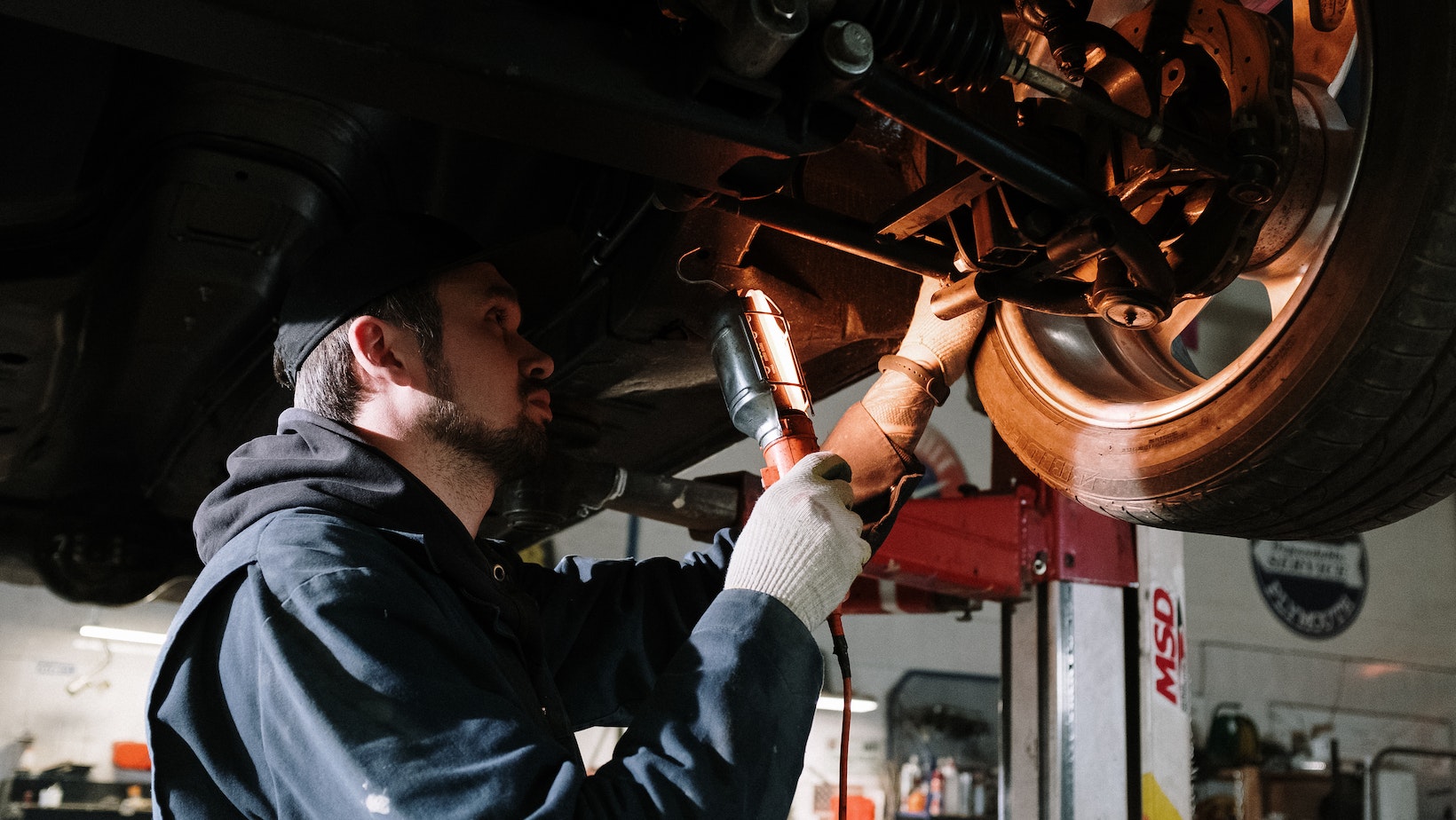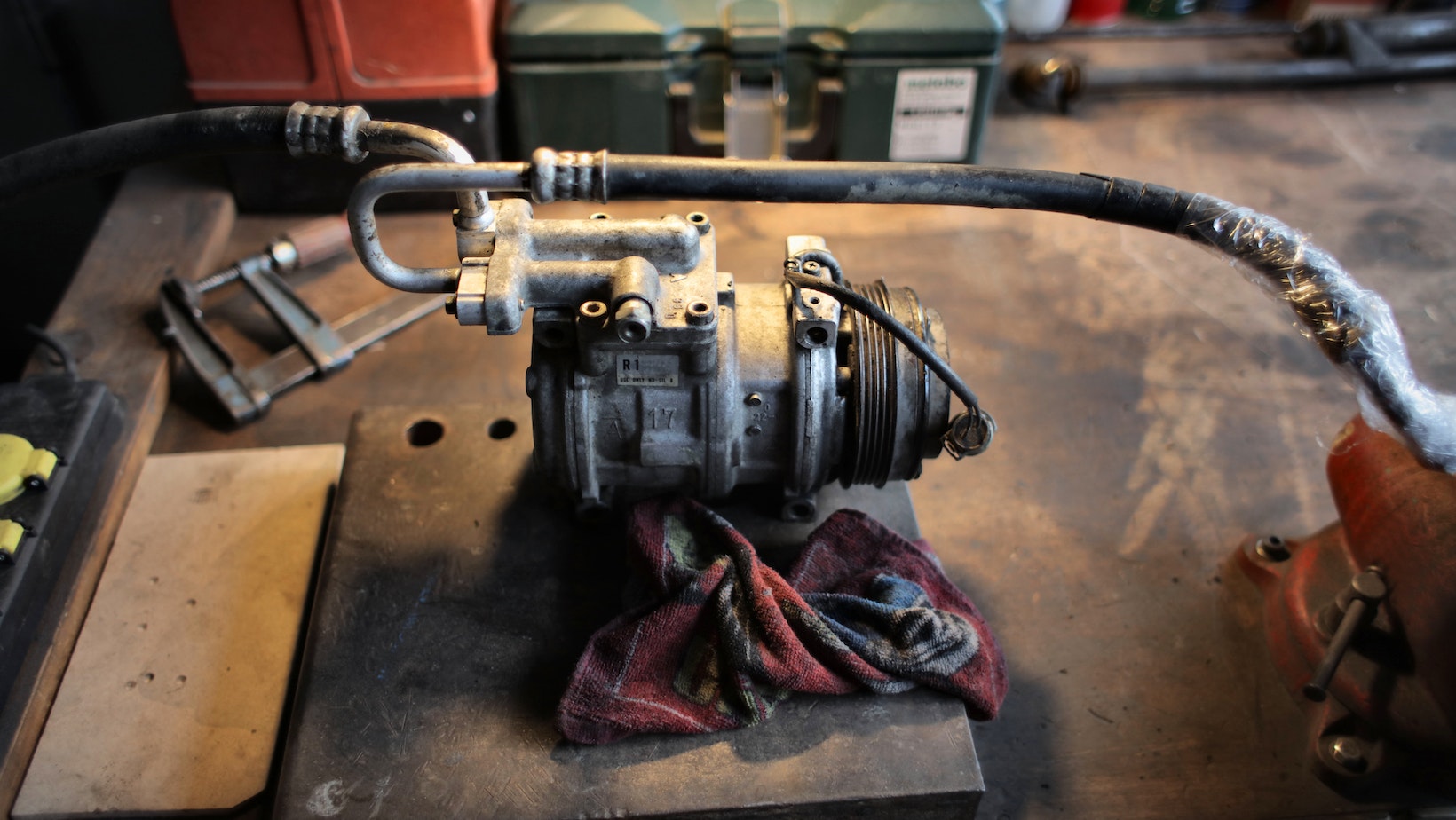 Car Weather Stripping Repair
Car Weather Stripping Repair
Car weather stripping plays a crucial role in maintaining the integrity of your vehicle’s interior by preventing water, dust, and noise from entering the cabin. Over time, however, these rubber seals can become worn or damaged, compromising their effectiveness. If you’ve noticed leaks or excessive wind noise while driving, it may be time to consider car weather stripping repair.
Repairing car weather stripping is a relatively straightforward process that can help restore the functionality of your seals without breaking the bank. In most cases, all you’ll need are some basic tools and replacement weather stripping. Whether you’re dealing with a small tear or an entire section that needs replacing, taking care of this issue promptly can save you from potential headaches down the road.By addressing car weather stripping issues early on, you not only improve your driving experience but also protect your vehicle’s interior from damage caused by moisture and dirt infiltration. In my upcoming article, I’ll guide you through the steps of assessing and repairing common weather stripping problems. From identifying worn-out seals to selecting suitable replacement options, I’ll provide practical tips to ensure a successful repair job that will keep your car snug and quiet for miles to come.
What exactly is car weather stripping? This common automotive term may seem unfamiliar to some, but it plays a crucial role in maintaining the integrity of your vehicle. Car weather stripping refers to the rubber seals and gaskets that are installed around various openings on your car, such as doors, windows, hoods, and trunks. Its primary function is to create a tight seal between these components and prevent water, dust, noise, and drafts from entering the cabin.

Think of car weather stripping as a protective barrier against the elements. It acts as a shield that keeps rainwater from seeping into your vehicle during heavy downpours or snowstorms. By effectively sealing gaps and preventing leaks, it helps maintain a dry and comfortable interior environment for both you and your passengers.
Furthermore, car weather stripping also contributes to noise reduction inside the cabin. When properly installed and maintained, it minimizes outside noises from infiltrating the vehicle’s interior. This ensures a quieter driving experience by blocking out traffic sounds or wind turbulence.
Over time, however, car weather stripping can wear down due to exposure to sunlight, extreme temperatures, moisture, or simply age-related deterioration. When this happens, its effectiveness diminishes significantly. Damaged or degraded weather stripping can lead to water leaks during rainfall or excessive noise infiltration while driving at high speeds.
To maintain optimal performance and ensure longevity of your car’s weather stripping system, regular inspections are recommended. Look for signs of wear such as cracks or tears in the rubber seals. If any damage is detected or if you notice increased noise levels or water leaks inside your vehicle after rain showers, it may be time for repair or replacement of the affected weather stripping components.
Understanding what car weather stripping is and how it functions is essential for every vehicle owner. It serves as a vital component in protecting your car’s interior from outside elements like water intrusion and excessive noise. Regular inspection and timely repair or replacement of weather stripping can help maintain the comfort and integrity of your vehicle for years to come. So, take a moment to appreciate this often overlooked but crucial feature in your car!

 Car Weather Stripping Repair
Car Weather Stripping Repair





































